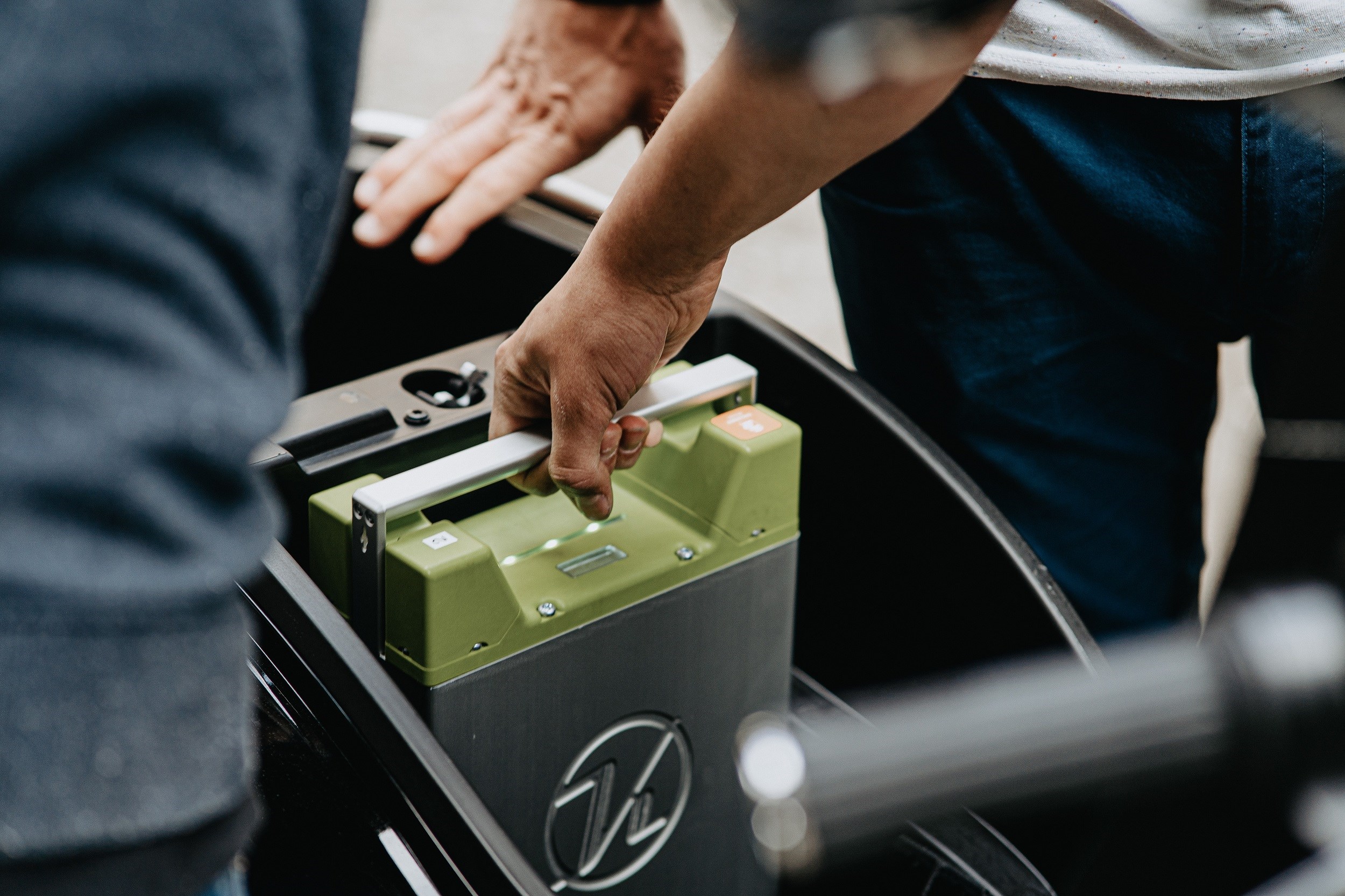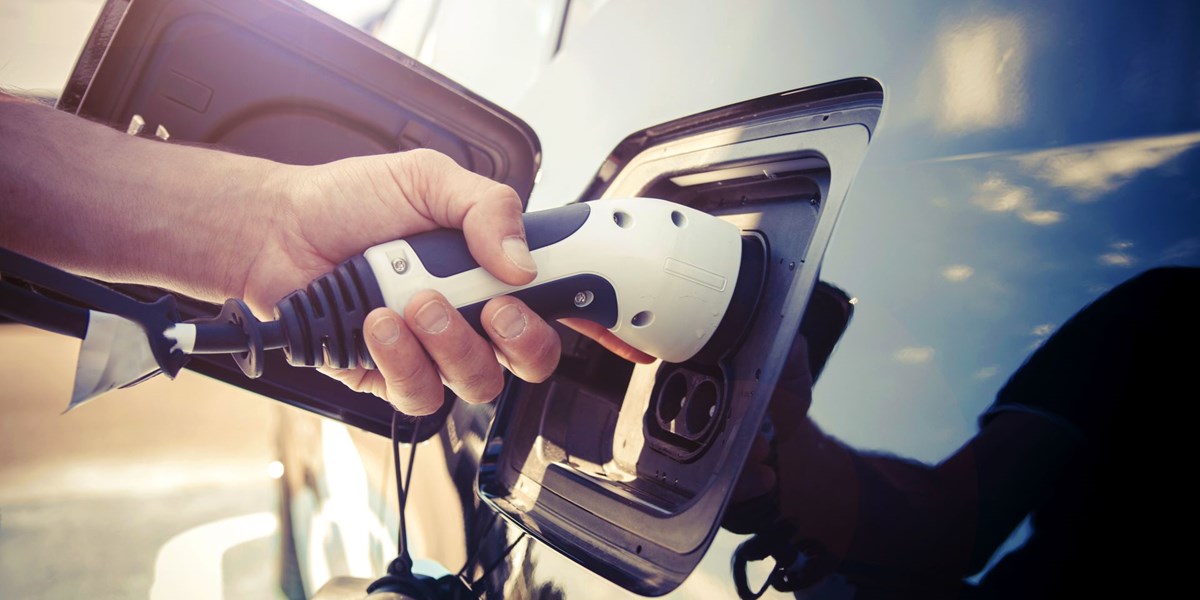This article was first published by BEST Magazine and can be found here.
2021 will see long-awaited changes to EU battery legislation, bringing opportunities and challenges alike for innovators across the energy storage space. When it comes to intellectual property concerns, the key to maximising the former and minimising the latter very much lies in preparation and timing.
IN THE BEGINNING...
It was way back in 2006 that the EU first introduced regulations surrounding the development and usage of battery technology. Directive 2006/66/EC (“the Directive”) came into force on 6 September that year with the primary aim of harmonising and minimising the impact of batteries and accumulators on the environment across the EU. The Directive sought to achieve these aims in two key ways. Firstly, by prohibiting the supply and distribution of all batteries containing more than a certain amount of cadmium or lead and secondly by providing various obligations on the collection, treatment, recycling and disposal of batteries. This original regulation did lead to an upturn in innovation in the field of battery technology, at least in view of the patent filings in the patent classification relating to the reclamation of serviceable parts from waste accumulators.
SCALE AND SCOPE
The scope of the original Directive is wide-ranging, embracing all types of battery to include portables, button cells, rechargeable batteries and battery packs. It effectively bans any dealing in the EU of batteries containing more than 0.0005% of mercury by weight, or portable batteries containing more than 0.002% of cadmium by weight, with exceptions for button cells and portable batteries used in certain applications.
It requires Member States to establish collection schemes to enable end users to dispose of waste portable batteries at accessible locations without cost and being required to purchase a replacement battery.
Countries are also obliged to undertake information campaigns, to ensure that end-users are fully aware of the potential harmful effects of batteries on the environment and human health and to advise them of available collection and recycling schemes.
Finally, in terms of consumer labelling, it specifies that all batteries should display a special ‘crossed out wheelie bin’ image and where appropriate, it should be accompanied by the chemical symbols for lead, cadmium or mercury.
UK IMPLEMENTATION
Here in the UK the implementation of the Directive prompted the introduction of two new regulations - the Batteries and Accumulators (Placing on the Market) Regulations 2008 and the Waste Batteries and Accumulators Regulations 2009. Under the former, organisations that design, manufacture or supply batteries must ensure the batteries adhere to permitted levels of cadmium, mercury and lead, mark them with the appropriate disposal symbols, place capability labelling on rechargeable batteries and ensure batteries in built-in appliances are easily removable.
Under the latter, large and small ‘producers’ are obliged to register with a battery compliance scheme, make various data submissions declaring the amount of batteries placed on the market and in the case of larger producers finance the cost of collection, treatment and recycling of batteries at their end of life. Producers of automotive and industrial batteries must register with the Department for Business, Energy and Industrial Strategy (BEIS) and provide data on an annual basis and distributors must take back waste portable batteries free of charge.
NEW REGULATION FOR A NEW ERA
Of course, given the events of the past 12 months alone, 2020 is a world away from 2006 and there is broad consensus that the legislation needs refreshing, particularly as the current rules do not provide battery manufacturers with the framework needed to design and build products that are sustainable to use as well as easy to recycle when they expire.
Against the backdrop of batteries becoming increasingly bigger business as demand for clean energy storage and electric vehicles picks up real pace, last year, the EU announced it was undertaking a review of the Directive to make “Europe’s batteries the greenest in the world”, according to Maroš Šefčovič, Vice President of the European Commission for Interinstitutional Relations.
The review, which was finally published by the European Commission in December, proposes mandatory requirements for all batteries placed on the EU market. In a statement, the Commission said “Batteries should become sustainable, high-performing and safe all along their entire life cycle. This means batteries that are produced with the lowest possible environmental impact, using materials obtained in full respect of human rights as well as social and ecological standards. Batteries have to be long-lasting and safe, and at the end of their life, they should be repurposed, remanufactured or recycled, feeding valuable materials back into the economy.”
It goes on to add: “Requirements such as use of responsibly sourced materials with restricted use of hazardous substances, minimum content of recycled materials, carbon footprint, performance and durability and labelling, as well as meeting collection and recycling targets, are essential for the development of more sustainable and competitive battery industry across Europe and around the world.”
Under the proposed new Directive, from 1 July 2024, only rechargeable industrial and electric vehicles batteries, where a carbon footprint declaration has been established, will be allowed on the market, to boost the circular economy of battery value chains and promote more efficient use of resources.
Furthermore, to close the loop and maintain valuable materials used in batteries for as long as possible in the European economy, the proposal details suggested new requirements and targets surrounding the content of recycled materials and the collection, treatment and recycling of batteries at end-of-life.
To significantly improve the collection and recycling of portable batteries, the proposal goes on to suggest that the current 45% collection rate target should rise to 65 % in 2025 and 70% in 2030. Other batteries – industrial, automotive or electric vehicle ones – will have to be collected in full and all collected batteries will have to be recycled and high levels of recovery achieved.
Finally, the proposed new regulations also define a framework that will facilitate the repurposing of batteries from electric vehicles to facilitate second life usage, for example as stationary energy storage systems, or integration into electricity grids as energy resources.
There is also the prospect of a raft of secondary legislation being introduced off the back of these proposed changes, as alluded to by Mattia Pellegrini, head of the European Commission’s Waste Management and Secondary Materials Unit in recent comments.
WHAT DO POTENTIAL NEW REGULATIONS MEAN FOR INNOVATORS?
For product innovators across the energy storage space, any impending new legislation presents an obvious opportunity to access new markets. Innovations surrounding material refinement, battery fabrication, battery repurposing and recycling will all now be firmly on the radar of product developers given the added importance they are likely to be afforded by the proposed new legislation. As such, innovators may be able to grow their businesses and/or licence others to use their protected techniques directly on the back of any new regulations.
Looking at the impact of legislation from a different perspective, it can also have the effect of narrowing the options for producers and recyclers. If they need to meet stricter controls, this may reduce the number of processes that can be used if they cannot be upgraded (this in in itself can lead to innovation as upgrading of existing processes identifies innovative techniques). However, with reduced options, there needs to be a robust risk assessment where innovators ask themselves a number of questions. Are the techniques or processes that I’m investigating to meet the new requirements protected by IP? If I were to set up my own facility using similar techniques to a competitor, would I infringe the IP rights of others? Do I need to take a licence to use an alternate process? Can the IP of others be designed around or challenged?
TIME IS OF THE ESSENCE
Now that details of the new directive have been published, it is the ideal time for innovators to review how IP will affect their business strategy. For some businesses, the details of the regulation will give them a clearer picture of where to focus their patent filing programme. For others, the priority will be on understanding what the patent landscape looks like to ensure any changes that are made to a process or device to meet the regulation going forward do not infringe the IP rights of others.
Regulation can be a good thing in that it leads to new opportunities for innovative companies and drives other companies to innovate. However, to obtain balance, the regulation cannot be too prescriptive or act before the technical solutions are ready for commercialisation. After all, a new technique that is inventive and therefore protectable from an IP point of view may take many years and significant investment before it is refined sufficiently to operate in the open market. For the innovative companies who bet on recycling techniques as the future and saw this coming many years ago, new regulations may well see their hunch pay off and help to drive their business forward. However, for others, it may force them into an environment where they must innovate out of necessity or negotiate licences to use a third party’s technology
Looking more broadly at the wider dynamics at play when it comes to innovation, there is significant debate as to whether it should be the role of regulators to force innovation or whether regulation should ultimately follow the science? Will regulation always be required to sit alongside the IP system, with the IP system acting as the “carrot” or reward for innovative companies and the regulation acting as a stick to push those along who are less motivated to act.
Ultimately, the IP system is there to reward innovation and drive technology forward and, for the most part, it functions well. However, it will always sit alongside regulation. The most innovative companies will always adopt a proactive approach that identifies new opportunities to drive the market forward, as well as keeping abreast of regulatory change that will force the market in different directions.
NEXT STEPS
Following publication of the review of the Directive in December, the European Parliament and Council are now undertaking the process of establishing their own positions on the recommendations. Once complete, this process will then be followed by trilateral talks before an ultimate agreement can be reached.
While there is no certainty on how long this might take, the interim period presents a golden opportunity for innovators to consider the proposed scope of the regulations and how they might impact their IP strategy. Especially so with the possibility of supplementary legislation coming in further down the line. If the lesson of 2006 is anything to go by, where we saw a significant spike in the number of patent applications in the wake of the original Directive’s publication, innovators who undertake this process sooner rather than later stand best placed to stay one step ahead of the competition and well positioned to flourish in the brave new world of energy storage innovation.







